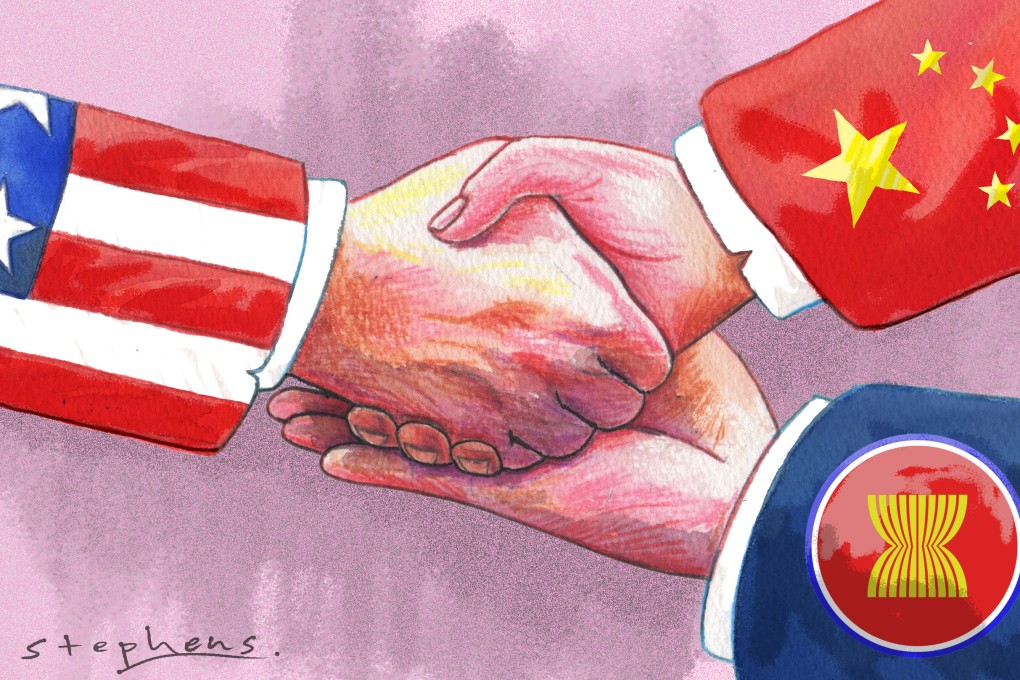Opinion | As Biden seeks to contain China’s regional influence, Asean can offer a platform for Sino-US cooperation instead
- The US seeks an Asean alliance that undermines the bloc’s partnership with China, but the fact is Southeast Asia can benefit from both
- An Asean-led strategy in the Indo-Pacific can promote the region’s own interests while providing ground for building mutual tolerance between the US and China

While this strategy has been taking shape, the contest between the US and China in the region has been heating up. The newly-released document indicates that the US’ goal “is not to change China, but to shape the strategic environment in which it operates, building a balance of influence in the world that is maximally favourable to the United States, our allies and partners”.
Although US officials have denied that the Indo-Pacific Strategy is in fact a China strategy, it is pretty clear that the US intends to use alliances to better contain China.
The Asean Outlook on the Indo-Pacific was drafted by Indonesia and is promoted by Asean member states. Although the US, Japan, India, Australia and the EU have all developed their own Indo-Pacific strategies, the Asean concept is the one most universally accepted. In addition, the critical areas of cooperation and relevant terms and definitions outlined in the framework are fairly neutral, emphasising inclusiveness and opposing the exclusion of China.
